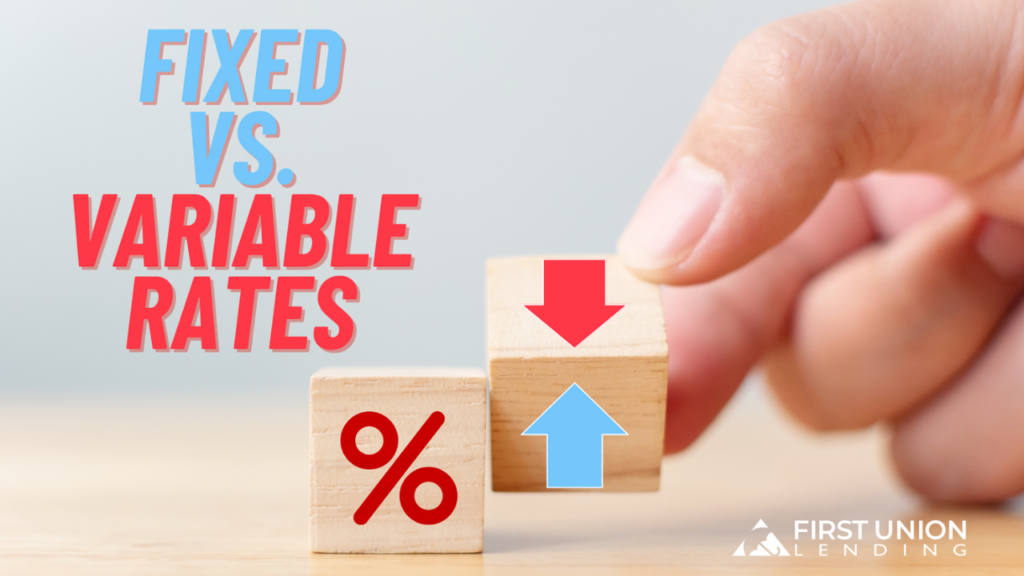
Interest rates are crucial in any financial decision, especially regarding loans or investments. Two common types of interest rates are fixed and variable. It is crucial to understand their differences and determine which one suits your financial goals and risk tolerance.
Fixed Interest Rates: Stability and Predictability
With a fixed interest rate, your interest rate remains unchanged throughout the term. This provides stability and predictability, making budgeting for your loan payments more manageable. If you believe interest rates will likely increase, then fixed interest rates may be your better option.
Variable Interest Rates: Fluctuation and Potential Savings
On the other hand, variable interest rates fluctuate based on changes in the market or specific benchmarks such as interest rates set by the Federal Reserve. If you’re comfortable with potential market fluctuations and want lower rates in the future, variable interest rates could be more appealing. Variable rates may provide opportunities for savings when rates drop.
Assessing Your Financial Situation and Risk Tolerance
Before making a decision, assessing your financial situation and risk tolerance is crucial. Consider how changes in interest rates may impact your ability to make loan payments.
Weighing the Pros and Cons
Choosing between fixed and variable interest rates depends on your preferences, financial goals, and market outlook. Each option has its benefits and drawbacks, and it’s essential to understand them fully before deciding.
Making the Decision: What Aligns Best With Your Needs
Whether you opt for fixed or variable interest rates, making an informed decision can help you better manage your finances and achieve your financial goals. Give First Union Lending a call at 863-825-5626. One of our representatives would be happy to assist.
